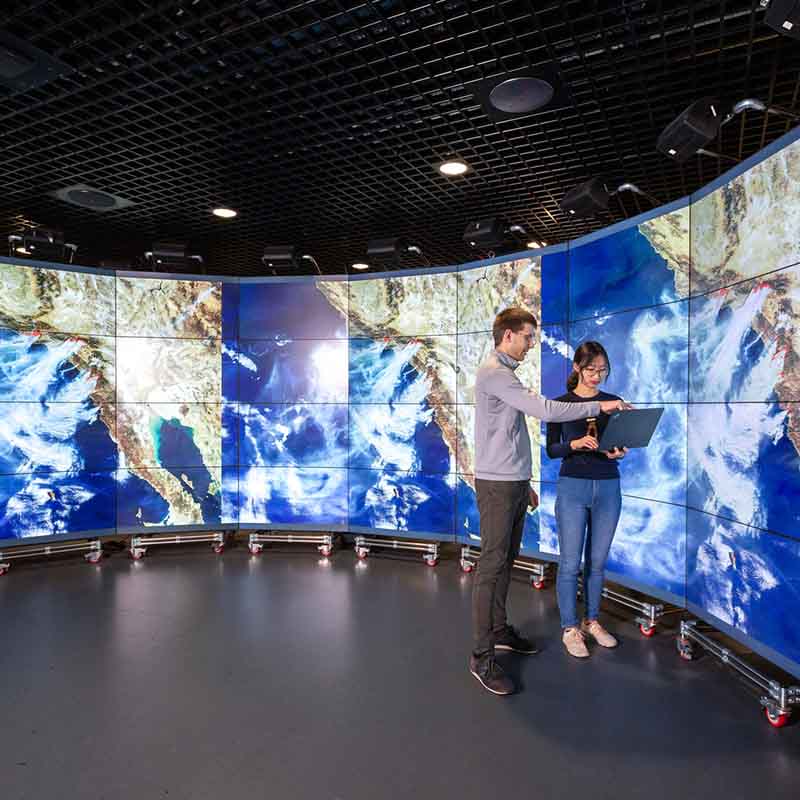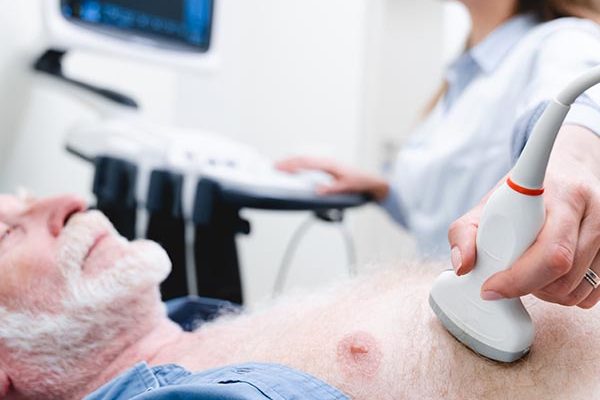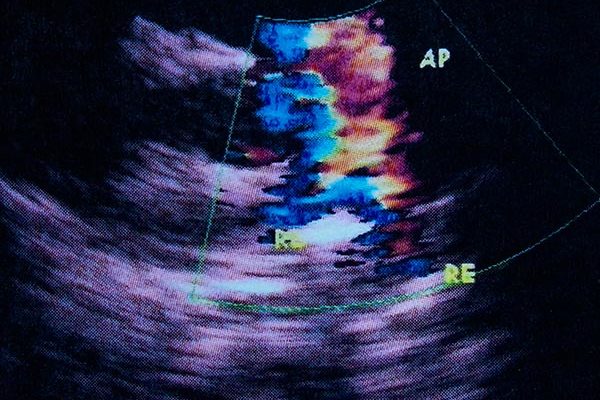Summary
An entirely new MRI system that exploits the 55° magic angle to provide useful image contrast and novel information about the collagen microstructure in ligaments, tendons and menisci.
Background
Tissues such as ligaments, tendons and menisci contain large amounts of highly oriented collagen, and they are poorly imaged by conventional MRI. If the main field is at the ‘magic angle’ of 55° then the image signal can be significantly improved, but changing field angle is generally not possible in standard hospital scanners.
In the US alone there are annually over 100,000 arthroscopies costing $5billion. In the UK alone there are over 90,000 knee replacements surgeries. Improved imaging could dramatically reduce costs and also provide early diagnostics and non-surgical treatment, while also improving preoperatory planning.
Technology Overview
A team of engineers at Imperial College has developed a entirely new MRI system that exploits the effect ‘magic angle’ to provide useful image contrast and unique new information about the collagen microstructure.
The key feature is the open magnet in which the field is parallel to the poles, and it can be rotated about two axes to provide any required angle relative to the patient.
The current irrefutable diagnostic gold standard is arthroscopy or open surgery. Magic angle MRI has the potential to become the new gold standard, while being completely non-invasive and safe. This new MRI is low cost and easy to install in ordinary rooms, making it suited for surgeries and even primary care facilities.
Benefits
- Imaging at the magic angle allows obtaining high quality image of ligaments, tendons,
cartilage as well as other tissues. - Unique ability to exploit angle dependent anisotropies in-vivo enabling, for example,
collagen fibre tractography. - Easy to install in ordinary office space.
- Low cost.
- System can be rotated to optimise the imaging without movement of the patient.
- Comfortable even for severely claustrophobic patients.
- Can be used for early diagnostic and non-surgical treatment.
- Safe, very small fringe field, requires no cryocooling nor special power supply in comparison to standard
scanners.
Intellectual property information
International patent number for the apparatus and method is WO2015/159082.




